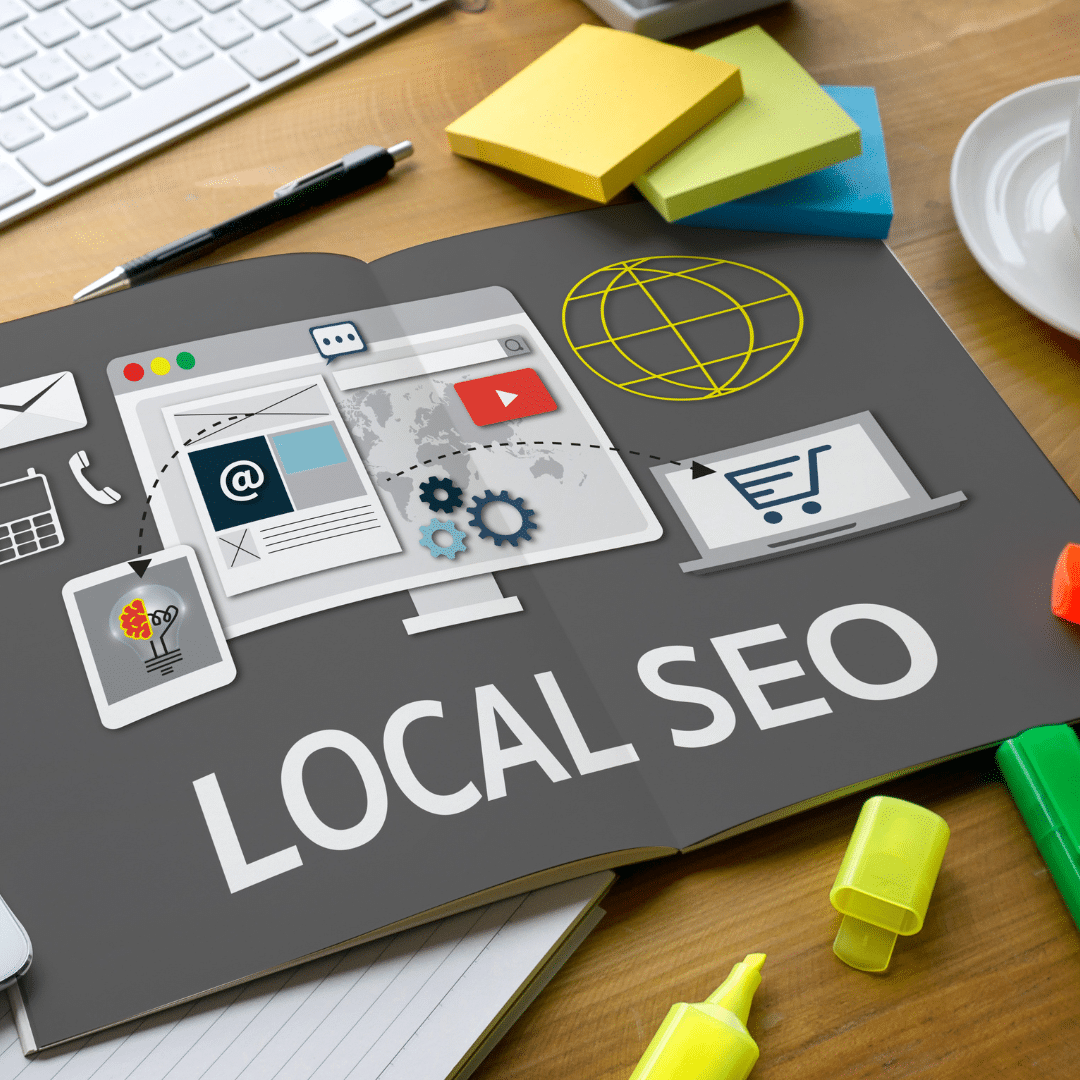Local SEO depends heavily on your Google Business Profile, so here’s how to put one together
The past several months have been active ones for Google and SEO companies. The world’s foremost search engine has released algorithm update after algorithm update, and SEO professionals have had to adapt along the way. That includes how SEO agencies manage local SEO for their local business clients.
With time, Google has placed increasing emphasis on Google Business Profiles (GBP) as a means to capture local SEO signals. That means business website owners must also emphasize and optimize their GBP for better local SEO results.
Google Business Profiles: The basics and getting started
Every business may have a GBP associated with it, but company profiles can be created by anyone, not just the owners. If one already exists for your business, you may claim ownership so that you have sole GBP editing privileges. If one does not exist for your company, you may create a new GBP associated with your business.
In both cases, you’ll need to verify ownership before you can make changes to your business profile. Google handles GBP verification through one of two avenues:
- Google sends your business a postcard with a code – Google will use the business address you give them to send a postcard through mail. It normally takes a couple weeks to receive the postcard, and once you do, you can enter the verification code through the GBP portal.
- Google verifies your business through a video – Google can also verify a company’s location and ownership through video. The company’s owner is responsible for creating and sending the video to Google, which will use any evidence in the video that the business is what it claims to be. Best practices involve capturing video of the company’s building, front door, address, branding, office spaces and staff.
Once verified, Google is more likely to consider your business legitimate and will hand you the keys to your GBP.
Why is it important for companies to focus on their Google Business Profile?
Google weighs dozens of factors when determining where to rank a local business, including whether the search engine will place the business in one of its coveted map pack spots. That’s the three Google Map listings that are placed at the top of local SERP – extremely high visibility and value comes with one of those.
Google is now pulling more of its local SEO ranking factors through business profiles. That means if local businesses want high value rankings, they cannot ignore or fail to optimize their GBP.
What does an optimized Google Business Profile look like?
Every company’s GBP is chock full of information, and it’s extremely important that this information – provided by the company’s owner – is as accurate and on-point as possible. After all, this is Google’s first stop when determining how to categorize and rank your site.
The first step, then, is optimizing these all information fields. Some of the data you’ll need to provide includes:
- The company’s name
- The company’s location or its service area
- The categories that the company fits into
- A description of the company
- The company’s contact info
- The company’s product or service offerings
- The company’s hours
- Photos and other media associated with the company
- Frequently asked questions (aim for around 10)
You can also communicate with customers through your GBP, in the form of posts and direct messages.
Drop high-value keywords (including localized keywords) in your information
You may already know that keywords are vital for content. Keywords help Google understand what a piece of content is about, which helps the search engine categorize that content.
The same concept applies to your GBP. The information fields in your profile should include keywords that reinforce what your company does and where it is located. Such keywords should be featured in your business’s description, your product or service descriptions, your posts, your images and your FAQs.
Reinforce your company’s location by keeping location services on your phone
Google is clever with how it verifies your location and your company’s location. If, for example, you claim to run a business out of Houston, but are actually located in San Antonio, Google will take issue with that discrepancy if it has any reason to do so.
One way Google does this is to use your phone’s (or device’s) location to verify your company’s location. If your device’s location does not align with your company’s location or service area, you may be sending mixed signals – literally – to Google about where you’re operating.
Likewise, if your location settings are turned on (and even better, you allow Google to use your location data to contribute to its mapping efforts) and you are in your service area, Google will consider this confirmation that your business is where you claim it is.
Update your profile and respond to messages regularly and promptly
We get it – it’s tough to stay up to date with all of your social media and professional profiles. If you’ve only got a limited amount of time to do so, though, make your GBP a priority. Google considers an active GBP to be an indication that your business is also active.
If you’ve enabled communications on your profile, it’s also important to respond to every message – even the ones you think are spam. Google tracks response time as a separate metric and will favor companies that respond quickly to any communication request.
Edit your company’s profile with ChatGPT’s help
It takes a lot of effort putting a Google business profile together, but it can be made easier with ChatGPT. We do not recommend copying and pasting everything ChatGPT spits out without making changes, but it can provide a great starting point if you’re looking for one.
To start with, it’s always a good idea to prompt ChatGPT for a list of keywords that pertain to your business. This should include localized keywords (city, neighborhood and street names, landmarks of interest, etc.). By doing this, you’re tailoring future responses from ChatGPT so that they feature those keywords.
Once that’s done, you can ask ChatGPT to write your company’s description, product or service descriptions and anything else that requires a bit of copywriting.
Every time ChatGPT provides a piece of copy for your profile, give it a good edit and localize it. While ChatGPT can localize it if given the right keywords and prompts, you’ll always be able to do a better job here as a member of the community.
In the end, your website must mirror the signals that your business profile sends out
At this point, your business profile should be filled out and tucked away. Get your GBP to as close to 100 percent as possible, if at all possible.
The other side of this is your website. Your site must reflect the information input into your company’s profile, as Google will cross-check them for verification.
This boils down to tried and true local SEO practices. That means:
- Featuring your category-specific and location-specific keywords in your title tags and headers
- Featuring those keywords in your navigational elements
- Ensuring your company’s location and contact information is present on every page
- Ensuring all photos and media on your website have location-specific metadata attached to them
The easiest way to do this is through an SEO-focused plugin like Rank Math. Rank Math, for example, allows site owners to make quick changes to metadata, headers, descriptions and many more SEO elements from a single dashboard. It’s a simple, effective approach that’s excellent for those inexperienced with SEO.
Local SEO runs through your GBP and also relies on how your website is structured
Local SEO success remains a path to overall online success, and there are many things that site owners can do to better position themselves on local Google SERPs.
Your first step should be the completion and optimization of your company’s Google Business Profile. This will provide Google with a strong information foundation to associate with your company. Once that’s done, the goal is to align your profile with your website – from an informational and content standpoint. If your website reflects what’s on your GBP, Google will make positive assumptions about your business (that’s it legitimate, active and located in a certain area). And that leads to better local SERP rankings and, hopefully, one of those valuable map pack spots.
- Google Leaks and What They Mean for SEO and Small Business from an SEO Expert - July 19, 2024
- SEO Hacks: Easy Ways to Win at SEO - June 8, 2024
- Last Call for Todays Class Get Your Business On the Map – - May 22, 2024


